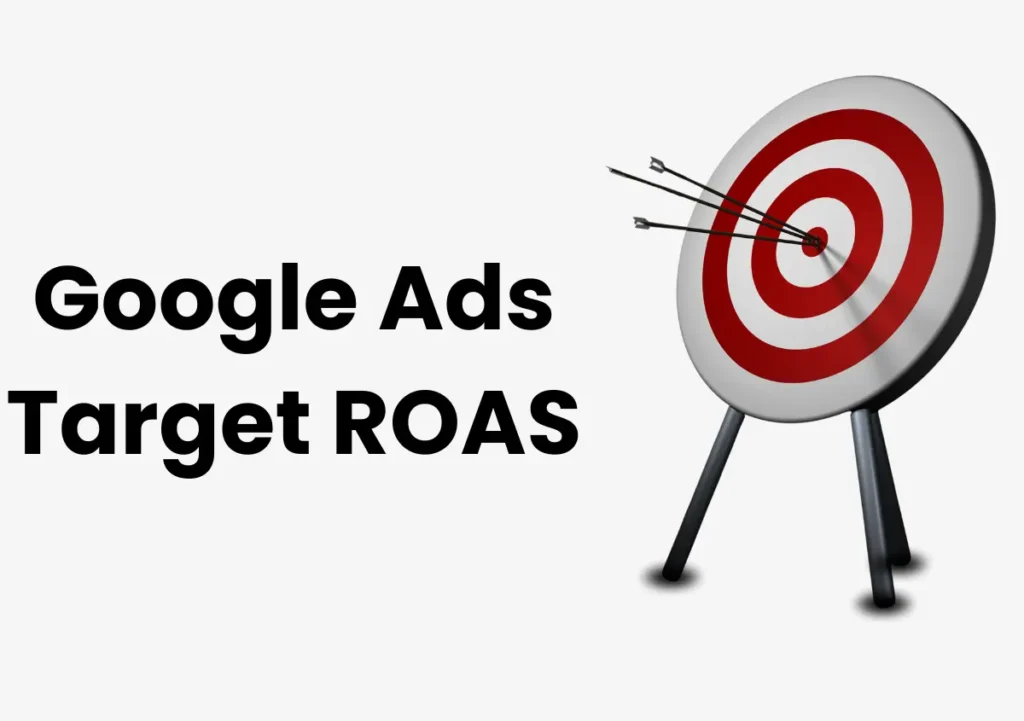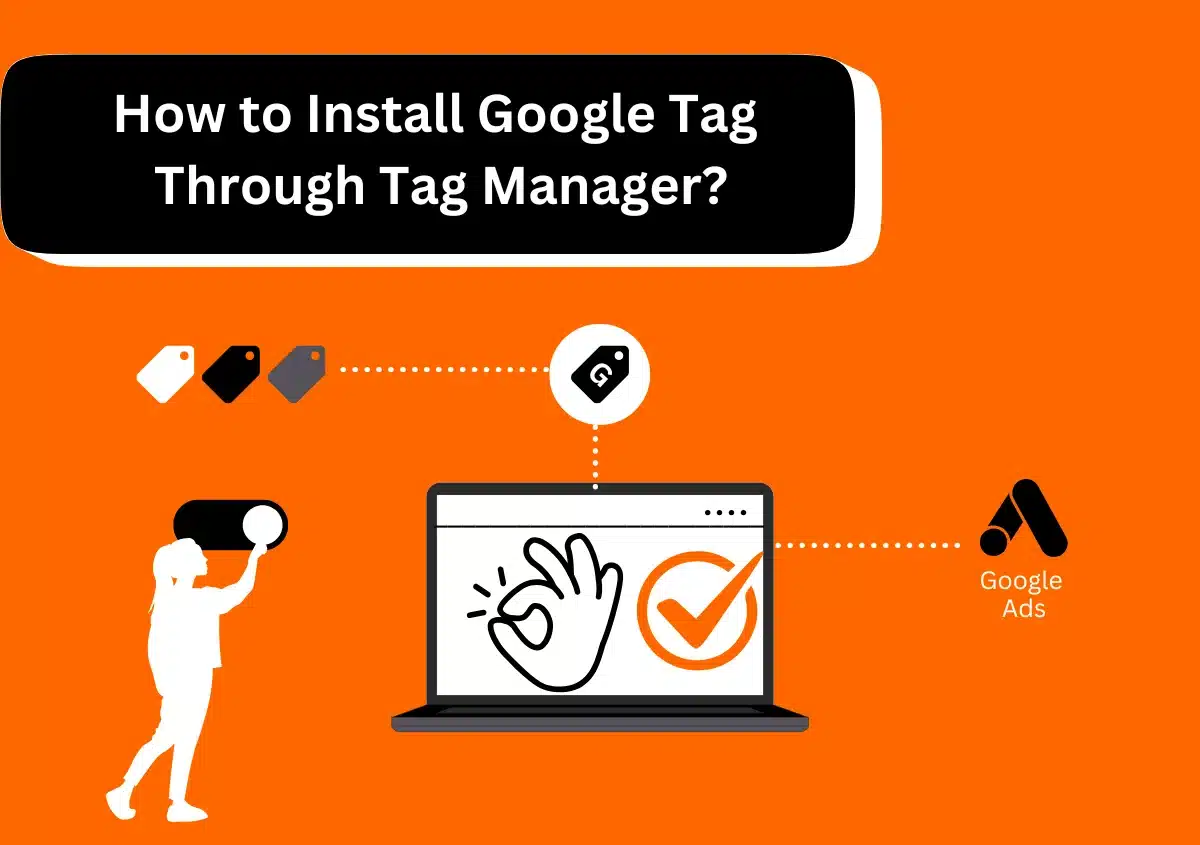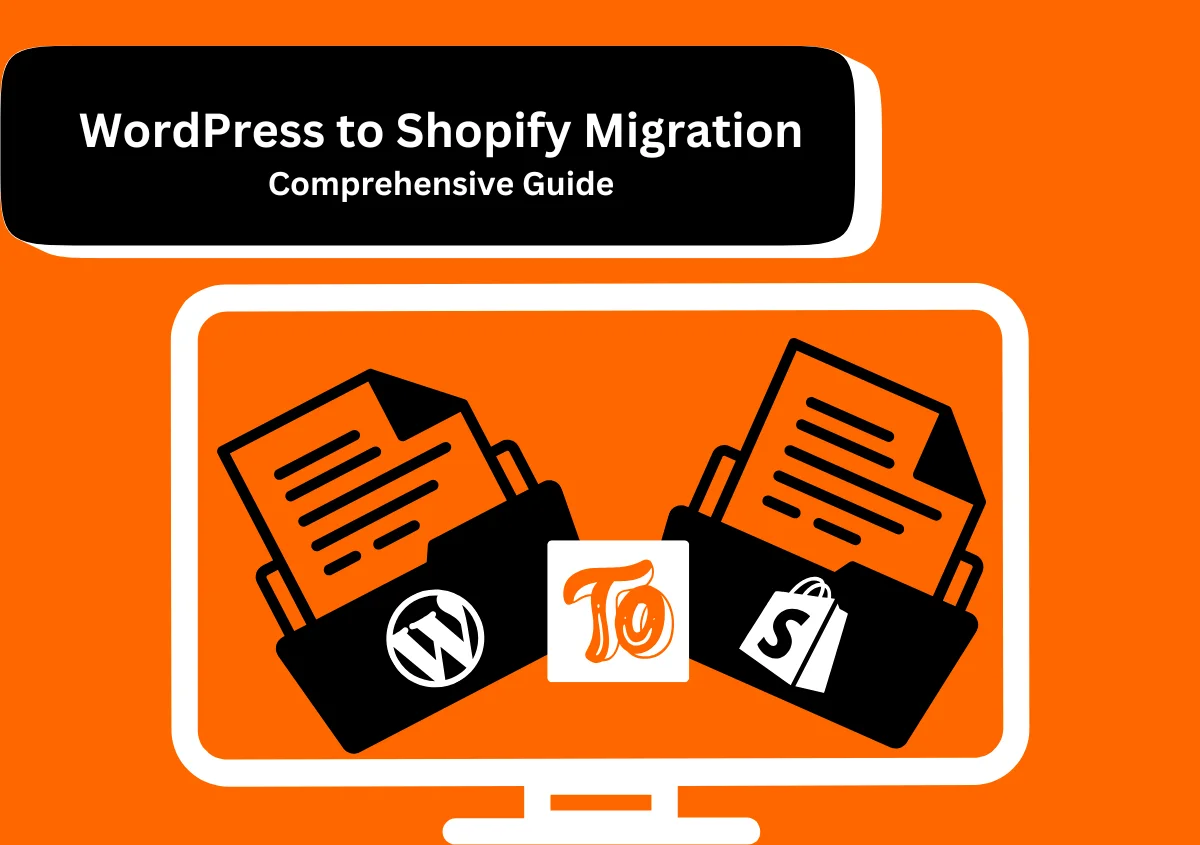Google Ads is an excellent digital marketing tool for businesses. It helps increase leads or sales and raises brand visibility and website traffic. Because Google search ads operate on a cost-per-click basis, advertising may be costly. For this reason, campaign performance tracking is essential to optimization. Return on Ad Spend (ROAS) becomes a crucial indicator that may be used to assess the effectiveness of e-commerce campaigns.
What is ROAS?
In online and mobile marketing, return on ad spend (ROAS) is a crucial key performance indicator (KPI). It speaks to the sum of revenue made for each dollar invested in a campaign. It depicts the profit made for every advertising expenditure and is based on the return on investment (ROI) concept. ROAS may be calculated both broadly and more precisely.
ROAS is a crucial metric for assessing and identifying the strategic effectiveness of advertising, regardless of whether it’s for the complete marketing plan or to analyze performance at the campaign, targeting, or ad level.
How to Calculate ROAS Google Ads?

The revenue generated from a campaign is divided by the cost of advertising to determine the return on advertising spend (ROAS), which is then multiplied by 100. As a result, you will receive a ROAS in percentage format.
ROAS Formula
Revenue (total income earned from advertising)/Cost (total ads spend) = ROAS
ROAS may also be computed as a percentage: ROAS x 100 = ROAS%
If you want to determine the minimum suggested ROAS depending on your gross margin, the formula is: 100/margin equals ROAS.
Example: If your margin is 20%, you may calculate ROAS using the following formula: 100/20 = 5. Here, ROAS as a percentage is 500%.
As we can see, ROAS 5 is in the 20% margin situation. Thus, a $1 investment must provide a 5-fold return. provides more results in a profit; provides less a loss.
Achieving at least 15 conversions in the previous 30 days and measuring conversions in Google Ads are prerequisites for the target ROAS strategy’s success. When more data is available—at least 30 or 50 conversions over the previous 30 days—it is preferable to employ this technique. The campaign must perform consistently over the last 30 days and cannot have its parameters changed.
While doing this computation once might not seem like a big deal, doing it again for every campaign might get a bit tiresome. This is when changing your Google Ads columns can come in handy. By letting Google Ads perform the calculations, you can spare yourself the time and effort of trying to figure out your ROAS.
Assuming you invest $1000 in Google Ads and receive $2000 from each click, your return on advertising spend (ROAS) comes to $42000/1000 = $2:1. This is a 200% boost, meaning that you make $2 for every dollar you spend.
Note: Do not confuse this with the ROI calculation. ROI represents the amount of strategic investment, whereas ROAS represents the tactical investment.
How to Enable a Google Ads ROAS Column?
- After logging into Google Ads, select Campaigns.
- Select “Columns and then Modify Columns.
- Select + Custom Column after navigating to Custom Columns.
- Give your column a name and include a description if desired.
- After selecting + Metric, add this formula Conv. value (by conv. time) / Cost.
- Change the data to a percentage format.
- After selecting “Save,” select Apply.
It’s done! Now, your columns are configured to compute ROAS automatically.
What Does Google Ads Target ROAS Mean?

With Google Ads, target ROAS is an automated bid strategy that automatically modifies your bids based on the desired outcome. You establish a desired average conversion rate for each dollar you spend on advertising. What, then, is the best way for me to set my ROAS Target? That will rely on your goals and your cost structure, though.
If your goal is to get eight times the amount of money you spend on advertising, you may set it up such that no matter how much you spend, you will achieve that goal. The best part is that it typically works every time. With other types of advertising, like newspaper ads, you can never be sure of the return on investment, but with this one, you have a clear ROI guarantee.
One way to sell items is to force them upon consumers—a tactic known as push marketing. However, you also need to pull marketing, where your goal is to build a devoted clientele and attract attention to your goods throughout searches. If your business uses this pulling strategy, it would be wise to incorporate ROAS Target into your marketing campaigns.
How to Create ROAS Targets in Google Ads?
Assume that you use Google Ads to measure conversion value, which includes 25% VAT. If a product is sold for $100 following a click on your shopping ad, $100 is recorded as the conversion value in Google Ads. You will receive $80 in income, not including VAT.
Let’s examine these scenarios and what would happen to you in each.
1. Made Easy Based On Product Margins
Figure out your cost structure and projected margin first.
Product margins: a normal gross margin of about 50%
- 10% Logistic
- The remaining 15%
Conversion Value in Google Ads: $100 (VAT excluded)
- Product cost: $40
- Logistics cost: (-)$8
- Additional expenses (-)$12
- Outcomes of Google Ads: $20
Let’s assume that you may use 50% of the Google Ads results for marketing purposes. $10 is half of $20. You now have a goal ROAS of 10. (Spending $10, with a minimum conversion value recorded in Google Ads of $100; ROAS Target = conversion value over cost = 100/10 = 10).
In this simplified approach, missed revenue, overhead costs, and agency costs are the costs that are overlooked.
2. Determine ROAS Based on the Cost of Sales Goals
Many online retailers use cost-of-sales goals. Usually, they serve as guidelines or are specified for every channel. Since the cost of sales is inversely related to ROAS, a 10% cost of sales aim translates to 1/10% = 10 ROAS.
Product margins: average gross margin of about 50%
- 10% Logistic
- 10% of the total cost was overhead.
- 10% of the agency fee
- 5% in the warehouse
- Reduced sales by 5% (Orders that, for whatever reason, cannot be filled, such as out-of-stock or returns)
Conversion Value in Google Ads: $100 (VAT excluded)
- Product cost: $40
- Logistic cost: $8
- Cost of agency: $8
- Storage (-) $4
- Reduced sales to $4
- Outcomes of Google Ads $16
Let’s assume that you may use half of the results from Google Ads for marketing purposes. $8 is equal to 50% of $16. Your desired ROAS now stands at 12.5. (Spending $8 and using Google Ads to track a minimum of $100 in conversion value; ROAS Target = conversion value over cost = 100/8 = 12.5).
Note: If you measure that KPI in Google Ads, the ROAS for each of your keywords and products will vary. You can add different spends as per your margins.
How to Apply ROAS Target to Your Business?
Each organization should have a unique ROAS target designed for it. When creating goals, most people are only speculating. We at Website Pandas have created a sophisticated method for defining goals. We employ an algorithm that uses your margin information to determine the ROAS. Each business has a unique approach, and you should ask yourself things like, “Where do I want to end up?” Does each click have to bring in profit for me?
Furthermore, all expenses need to be considered. Based on all the data you can compute, determine whether you want to take a more aggressive strategy and spend as much as possible to move goods, offer services, and produce products, or take a more conservative approach and conserve money without taking big risks.
Assessing Your ROI on Advertising Spend
Once a campaign is activated, you can view its ROAS. If your profit margins are poor and your return on ad expenditure is less than 400%, your ads can be operating at a loss. Stay calm in such a scenario.
Final Thoughts
It is essential to understand and be able to calculate the return on ad spend to evaluate the success of your Google Ads campaigns. Measuring the profit generated in proportion to the cost of advertising helps businesses determine the profitability of their marketing campaigns.
In addition, you may use automated bid strategies, like Google Ads’ Target ROAS, to ensure that your advertising budget is spent on tactics that best align with the company’s marketing objectives. To achieve a specific ROI target or maximize revenue, you have to understand your costs and margins and have a clear vision of the specific outcomes you want to reach.
ROAS calculation and target setting can help you do that and adopt a strategy that will contribute not only to the efficiency of your advertising strategy but also that support your business’s growth plans. ROAS is not just an indicator; it is a revenue-driven metric that helps companies spend their advertising budget more cost-effectively and achieve their sales and marketing goals in the ever-changing world of digital advertising.
For professional Google Ads Management and a free Google Ads Review, contact Website Pandas today.













